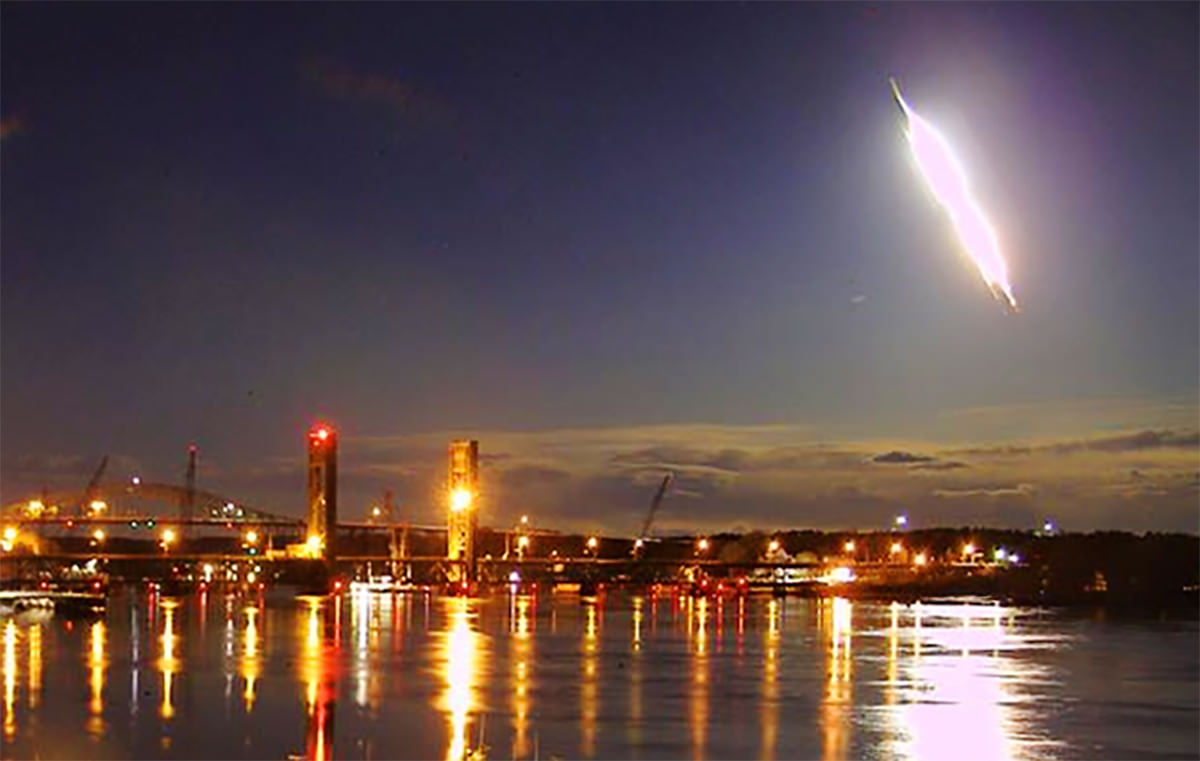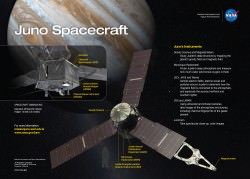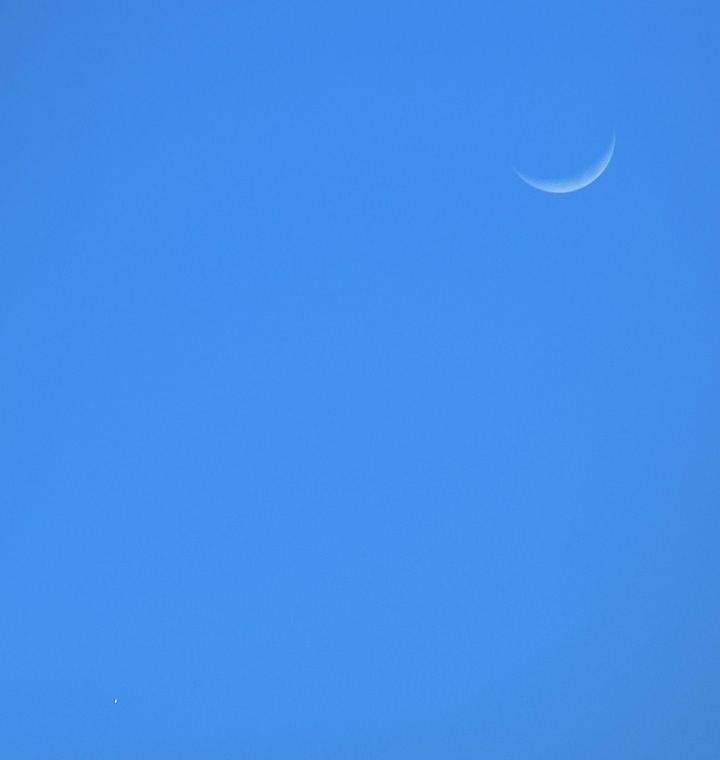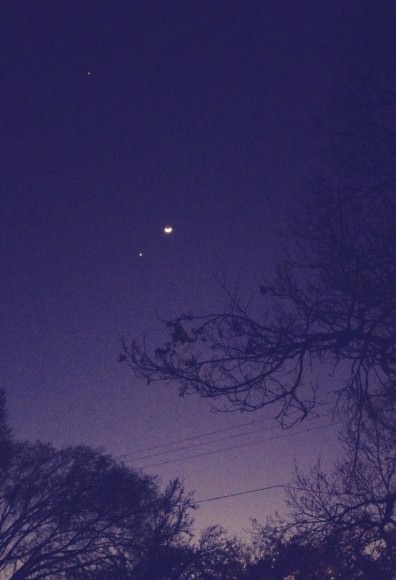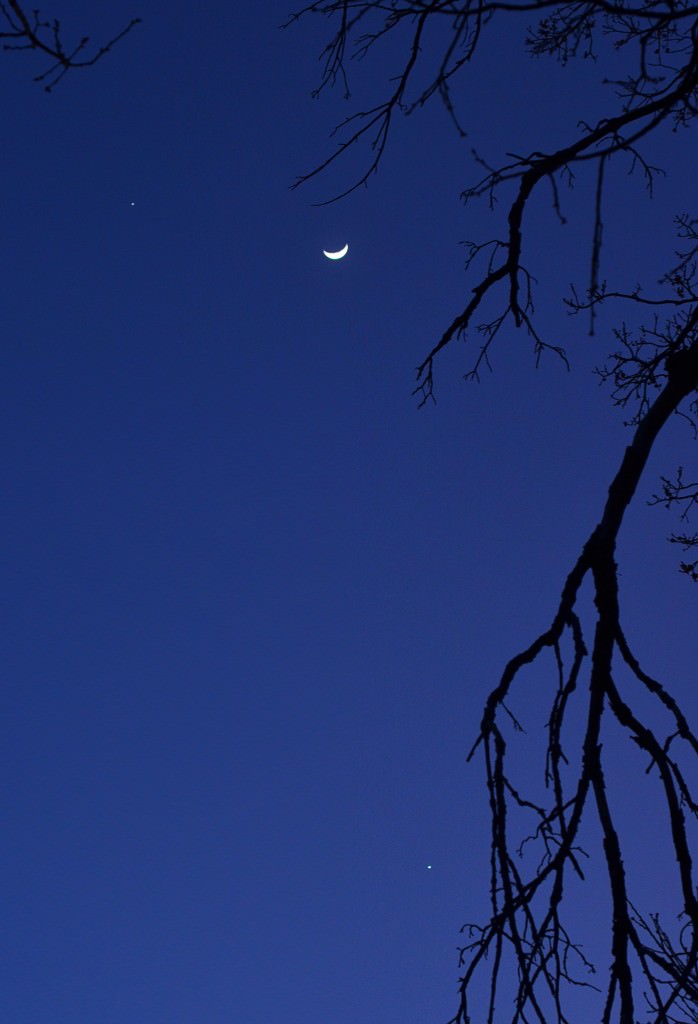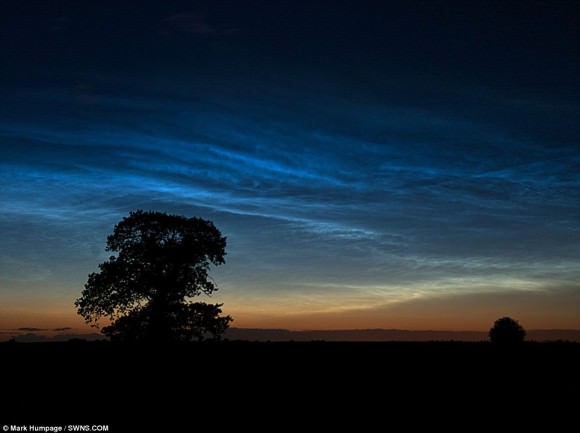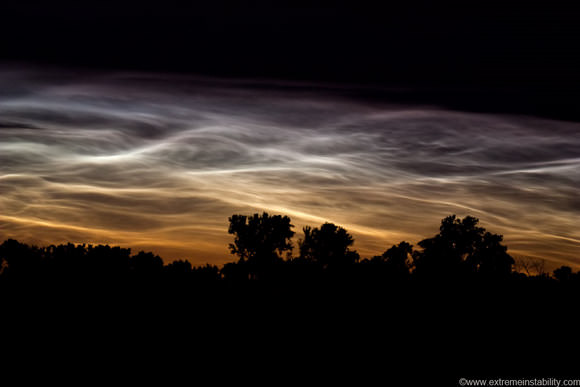It came from outer space—literally! On Tuesday, May 17, 2016, the early morning sky briefly lit up with the brilliant flash of a fireball—that is, an extremely bright meteor—over much of eastern New England states and even parts of southeastern Canada.
The event, which occurred around 12:50 a.m. EDT (04:50 UTC), was reported by witnesses from Maine, New Hampshire, Massachusetts, Rhode Island, Connecticut, New York, Ontario, and Québec, and captured on several automated cameras like a webcam in Portsmouth, NH (seen above) and a police dashcam in Plattsburgh, NY (below).
The fireball appeared to be moving from southwest to northeast and for some witnesses created an audible sonic boom, heard (and felt) several minutes later.
See more videos of this event from local news stations WMTW and WGME (Maine) and WMUR (New Hampshire) and from the Ogunquit police department on Twitter.
Meteors are the result of debris in space rapidly entering Earth’s upper atmosphere, compressing the air and causing it to quickly release energy in the form of heat and optical light. If the entering object is massive enough it may violently disintegrate during its fall, creating both light and sound. This particular meteor technically classifies as a bolide, due to its brightness, eruption, and visible fragmentation. Learn more about the various types of meteors here.
No reports of a meteorite impact at ground level have been made although I must assume there will be individuals who go on the hunt—meteorite fragments, especially those associated with witnessed events, can be quite valuable.
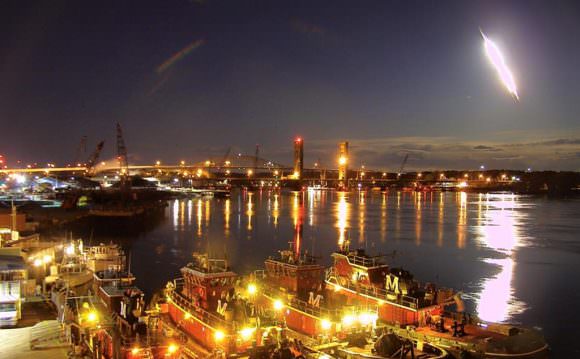
Did you witness the event or capture it on camera? Report your sighting of this or any other fireballs on the AMS site and be sure to send your fireball videos or images to the American Meteor Society here.
Source: American Meteor Society
Added May 18: here’s a beautiful video of the same bolide captured from Saint-Jacques-le-Mineur, Québec by Dany Bilodeau (ht to Massimo on Twitter)

